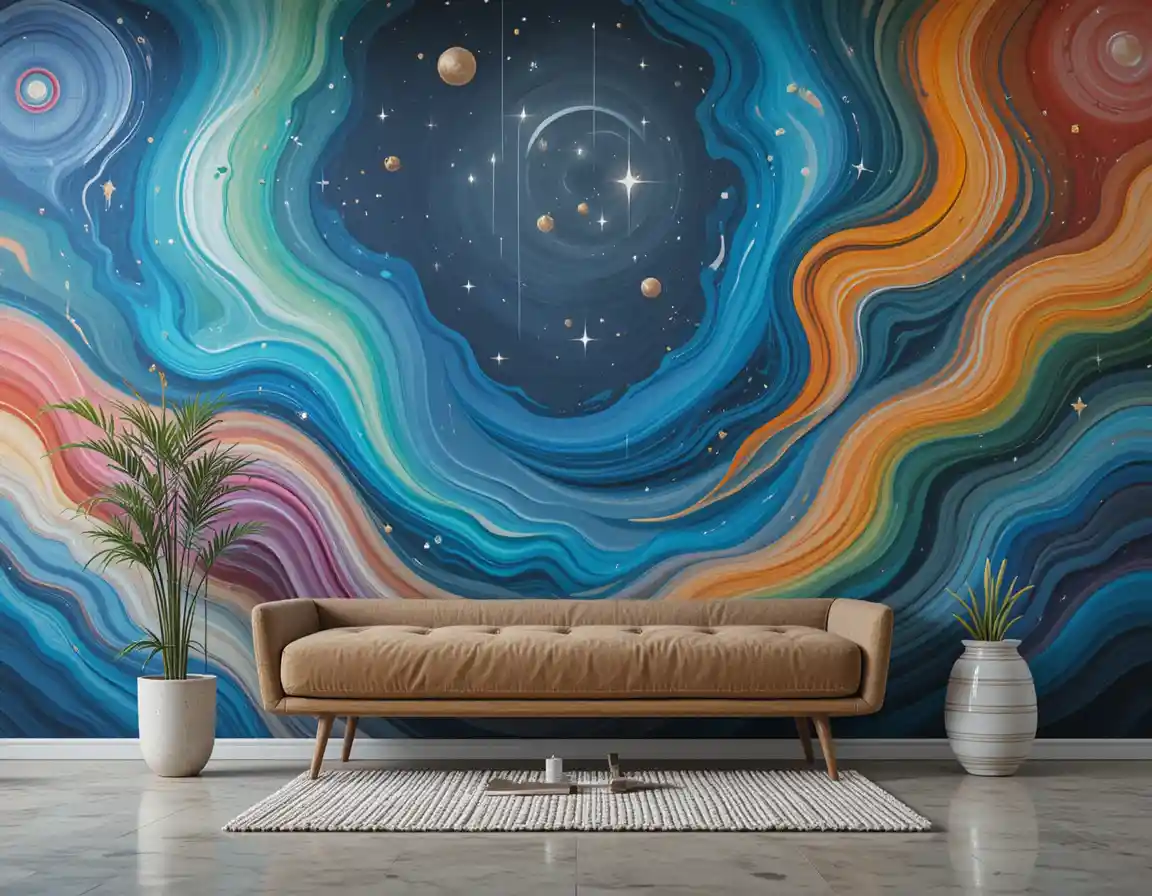Introduction
Wall murals are a great way to add personality and style to any space. But before you get started, it’s important to think about the kind of wall you’re working with. A smooth wall helps murals stick better and look clearer. In this guide, we’ll walk you through everything you need to know about wall mural preparation for the best results.
Understanding Wall Textures
Walls come in different textures like smooth, bumpy, or rough. Some common types are orange peel, knockdown, and stucco. These textures can change how a mural looks and how well it sticks to the wall. Knowing your wall type helps you choose the best way to prepare it for a mural.
Importance of a Smooth Wall for Murals
A smooth wall makes your mural look cleaner and more detailed. It helps the mural stick better and last longer without peeling or bubbling. Rough or bumpy walls can cause the design to look uneven or blurry. That’s why many experts recommend smoothing your wall before putting up a mural.
Preparing Your Wall for a Mural
Start by cleaning your wall to remove any dust or dirt. Then, fix cracks or holes using filler and smooth the surface with sandpaper. After that, apply a primer to help the mural stick better and last longer. Taking time to prepare your wall gives you a much better result in the end.
Techniques for Applying Murals on Textured Walls
If your wall is textured, you can smooth it by sanding or using a skim coat to even it out. Some people add a special liner to create a flat surface before installing the mural. You can also choose mural materials made for slightly bumpy walls. These steps help your mural look its best even on tricky surfaces.
Alternative Solutions
If you don’t want to smooth your wall, you can try removable wall murals that are easy to put up and take down. Another option is to use canvas murals, which you can hang on any wall. You could also choose digital murals, which are printed and can work on all wall types. These options give you more flexibility for your mural project.
Expert Tips for Successful Mural Application
For bigger mural projects, it’s a good idea to consult with a professional to get the best results. Always test your mural materials on a small section of the wall first. Make sure the temperature and humidity are right for the paint to dry properly, as this can affect how the mural turns out.
Cost of Wall Murals
The cost of wall murals can change based on their size and design. A simple mural might cost between $200 and $1,500, while larger or custom ones can be more expensive. Things like wall prep, artist fees, and location can also affect the total cost of the mural.
Conclusion
In conclusion, preparing your wall properly is key to getting a beautiful mural that lasts. Whether you have a smooth or textured wall, taking the right steps can make all the difference. Remember to clean, fix, and prime your wall before starting. With the right preparation, your mural will look amazing and stay vibrant for years.
